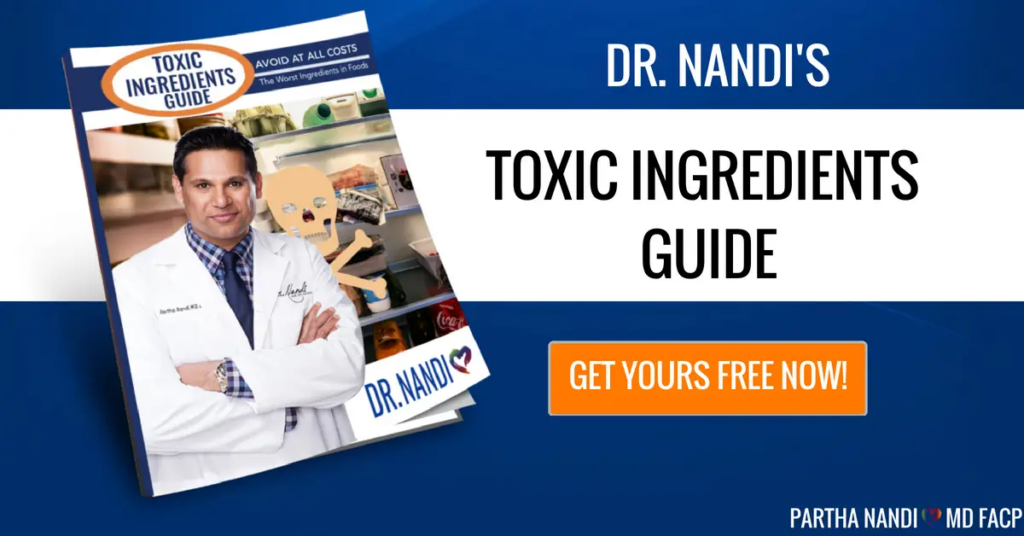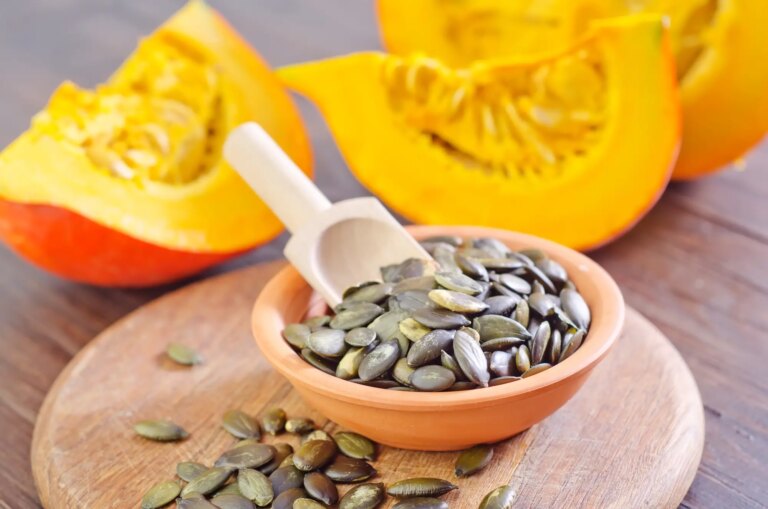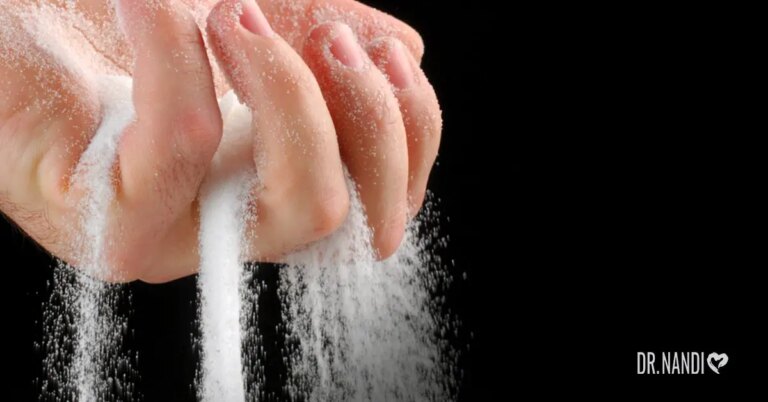Every pet owner knows the sheer joy of watching their beloved dog engrossed in a favorite chew, eyes gleaming with contentment. Rawhide chews, those familiar treats, may have been your go-to choice for spoiling your furry friend. However, it’s crucial to be well-informed about what your pet consumes. Rawhide, despite its popularity, has sparked debate among veterinarians and pet enthusiasts due to its potential risks, leaving many pet parents concerned.
While it might seem innocent at first glance, there’s more to rawhide than meets the eye. This seemingly simple product hides a complex production process with hidden dangers that every responsible pet owner should be aware of. Now we’ll unveil the secrets behind rawhide’s production, delve into the potential risks it poses to your pet’s health, and offer practical alternatives that prioritize your furry companion’s well-being.
The Dark Side of Rawhide
Rawhide might appear as an innocent treat, but beneath its seemingly simple exterior lies a complex web of concerns that every pet owner should be aware of. Now, we can find out why rawhide is not as harmless as it appears, exploring the intricate details of its production and potential risks.
Processing Rawhide
Rawhide’s journey from animal hides to chew toys is far from natural. It undergoes a thorough and often complex processing method that includes cleaning, cutting, grinding, and shaping. What begins as the inner layer of cow or horse hides is transformed into the familiar whitish, tough chew toys that fill pet store shelves.1
Chemical Contamination
During the processing of rawhide, chemicals such as arsenic, formaldehyde, and preservatives like BHA and BHT are used to extend the product’s shelf life. These chemical additives, while convenient for manufacturers, raise red flags when it comes to your dog’s well-being.
Digestive Dangers
The way dogs consume rawhide can pose significant risks. They often bite off sizeable chunks, which can swell up in their digestive system, potentially leading to blockages. Since rawhide is not easily digestible, it can linger in the stomach and intestines, giving rise to a host of complications, some of which may require surgical intervention.
Labelling Loophole
One of the major issues with rawhide treats is the absence of stringent labeling and content regulations. This lack of transparency leaves consumers in the dark about what exactly they are giving their beloved pets.
Understanding these intricacies of rawhide’s hidden dangers is the first step towards making informed decisions about your pet’s treats.
Unveiling the Raw Truth About Rawhide Production
The production of rawhide treats is a complex process that can have significant implications for your pet’s health and safety. It’s essential to understand the intricacies involved in bringing these treats to the market.2
Country of Origin Matters
A vast majority of rawhide products originate from countries like China, where regulatory oversight might not be as stringent as in other parts of the world. This could lead to discrepancies in quality and safety standards. Knowing where your pet’s treats come from is essential in making informed choices.3
Processing Concerns
The journey from slaughterhouse to store shelf can be lengthy, especially if the rawhide is processed overseas. During this period, the hides are soaked in high-salt brines to delay decay. Yet, even these brines can’t prevent decay indefinitely. By the time the rawhide reaches a tannery, it may have already begun deteriorating.
Tanning and Preparation
Once at the tannery, the hides undergo further processing. They’re soaked in lime to strip away fats, and hair is removed through a combination of chemicals and physical processes. All these treatments can introduce further chemicals and contaminants to the rawhide, raising questions about its safety.
By understanding the global impact and production processes involved in rawhide treats, you can make more informed decisions when it comes to your pet’s well-being.
Observing Your Dog After Giving Rawhide
As a loving and responsible pet owner, it’s crucial to monitor your furry friend’s well-being, especially after introducing them to rawhide treats. Dogs, like humans, can have varying levels of tolerance and sensitivity to different substances. While some dogs may chew on rawhide without any apparent issues, others might exhibit signs of distress or health complications. Being attentive to your pet’s behavior and physical condition is essential to ensure their safety and comfort.
Here are the signs and symptoms to watch for after giving your dog rawhide treats:
- Gagging, regurgitation, or repeated swallowing
- Vomiting
- Diarrhea (with or without blood)
- Showing pain
- Fever
- Lack of energy
- Refusal to eat or weight loss
- Straining or inability to poop
As your dog’s primary caretaker, it’s essential to be vigilant and attentive to their behavior and physical condition, especially when introducing a new chew or toy. If you notice any of these signs or symptoms, it’s crucial to seek prompt veterinary attention. It’s always better to err on the side of caution when it comes to the health and well-being of your beloved furry friend.

Rawhide Alternatives: Safer Choices for Your Furry Friend
In response to concerns about rawhide safety, pet owners are turning to safer alternatives that prioritize their pets’ well-being. As the awareness of potential risks associated with rawhide grows, the shift towards these alternatives is driven by a collective commitment to ensuring our furry companions enjoy not only the pleasures of chewing but also the benefits of a healthier, happier life. This change reflects the deep bond we share with our pets, emphasizing their safety and comfort above all else. KONG Toys, Egg Yolk Chews, Dental Chews, Himalayan Yak Chews, Natural Bones and Antlers, Vegetable-Based Chews, and Joint Supplement Chews offer various options suitable for different dogs.
Monitoring your dog’s preferences and consulting with your veterinarian before introducing new options ensures they align with your dog’s dietary and health needs. This approach empowers pet owners to prioritize their cherished canine companions’ health and happiness while avoiding potential risks associated with rawhide treats. Remember that each dog is unique, and finding the right alternative may require some trial and error. By making informed choices and staying attuned to your pet’s needs, you can provide them with a rewarding and safe chewing experience.

Vigilance and Responsible Ownership
In the world of pet ownership, our responsibilities go beyond providing food and shelter. Understanding the intricacies of what we offer our furry companions is paramount, especially when considering the risks.
While rawhide chews have their appeal, the awareness of potential risks of rawhide has led to a more informed approach. When it comes to selecting chews and toys, vigilance is key. Regularly inspect the items you offer to your pets, ensuring they are in good condition and free from any hazards. Watch for signs of distress or discomfort in your furry friends while they enjoy their treats or toys.
In addition to vigilance, responsible ownership entails consulting with your veterinarian about the risks of rawhide. Discussing your pet’s dietary and health needs can help you make informed choices when introducing new chews or toys, mitigating potential dangers of rawhide.
Your vet can provide guidance on selecting the safest and most suitable options for your beloved companions. By maintaining this thoughtful and responsible approach to pet ownership, you not only ensure the well-being of your cherished canine companions but also strengthen the bond you share with them. It’s a commitment to their health, happiness, and safety that makes every tail-wagging moment even more special.4
My Personal RX: Insights from Rawhide for Dogs on Human Health
As a doctor deeply invested in promoting human health and well-being, I’ve gathered insights into the potential risks associated with rawhide treats for dogs, drawing parallels to human health. Here are my top tips to ensure your furry friends remain happy and healthy, reflecting the importance of these aspects in human well-being:
- Liver Health Matters: Liver health plays a crucial role in human health. Consider incorporating Liver Support supplements into your daily routine to aid detoxification and maintain optimal liver function. This proactive step promotes overall well-being, emphasizing the significance of a healthy liver in humans.
- Digestive Harmony: Digestive Enzymes are essential for humans. These enzymes play a vital role in breaking down food and enhancing nutrient absorption. Adding Digestive Enzymes to your diet can support healthy digestion and overall wellness.
- Immune Resilience: Strengthening your immune system is paramount in the human world. Explore Immune Support supplements to bolster your defenses and provide added protection against illnesses. Recognize that a robust immune system is fundamental to human health.
- Detoxify Naturally: Detoxification is a shared process between humans and dogs, facilitated by the liver and kidneys. Support your body’s natural detoxification with a healthy diet, proper hydration, and lifestyle choices. Understand that there’s no need for special detox products; your body is equipped to eliminate toxins effectively.
- Fiber for Digestive Wellness: Fiber is pivotal for maintaining digestive balance. Fiber Complete supplements can promote healthy digestion and bowel regularity, offering essential dietary fiber for your overall well-being. Incorporate fiber-rich foods into your diet to support digestive health.
- Men’s & Women’s Core Essentials: Specially curated supplements that support specific nutrient needs of the modern man and woman. Consider integrating these supplements into your daily routine to ensure you’re meeting your unique nutritional requirements.
- Toxic Ingredient Guide: To be educated about the toxic ingredients you should avoid and make smarter product choices. Use this guide to make informed decisions about the products you use, safeguarding your well-being.
- Expert Guidance: Just as pets need veterinary care, humans should seek professional advice from healthcare providers. Consult healthcare professionals for your health concerns and recognize the importance of expert guidance.
- Allergy Awareness: Be vigilant about allergies or sensitivities when trying new products. Adjust your diet accordingly to ensure your well-being.
- Hydration is Key: Proper hydration is essential for optimal health. Ensure you stay hydrated with clean, fresh water at all times.
- Active Lifestyle: Encourage physical activity to maintain your fitness and mental well-being. Regular exercise contributes to a healthy lifestyle and overall well-being.
- Nutrition for Vitality: Prioritize nutritious food options that align with your dietary requirements. Quality nutrition is the foundation of well-being for all humans.
By embracing these insights and incorporating supplements like Liver Support, Digestive Enzymes, Immune Support, Detox products, Fiber supplements, Men’s & Women’s Core Essentials, and utilizing the Toxic Ingredient Guide in your daily life, you can proactively safeguard your health. My personal RX emphasizes that prioritizing well-being is fundamental, ensuring a healthier and happier life for you and your loved ones.

Sources:
- Burke, A. (2023, November 9). Are rawhide chews dangerous for dogs? American Kennel Club. https://www.akc.org/expert-advice/health/are-rawhide-chews-dangerous-for-dog/ ↩︎
- Chihuahua, C. (2020, September 8). How Dog Rawhide is Made. Sporty Dog Walker. https://sportydogwalker.com/how-dog-rawhide-is-made/ ↩︎
- Rawhide chews Imports in United States from China – Import data with price, buyer, supplier, HSN code. (2024, January 14). https://www.volza.com/p/rawhide-chews/import/import-in-united-states/coo-china/ ↩︎
- Niki Solomon, Budsies Marketing Communications Specialist and Animal Lover. (2023, October 6). Pet nutrition: Key ingredients for a healthy diet | Petsies. Petsies. https://www.mypetsies.com/blog/guest-blog/pet-nutrition-tips/#:~:text=The%20foundation%20of%20any%20pet’s,beef%2C%20fish%2C%20and%20eggs. ↩︎




















